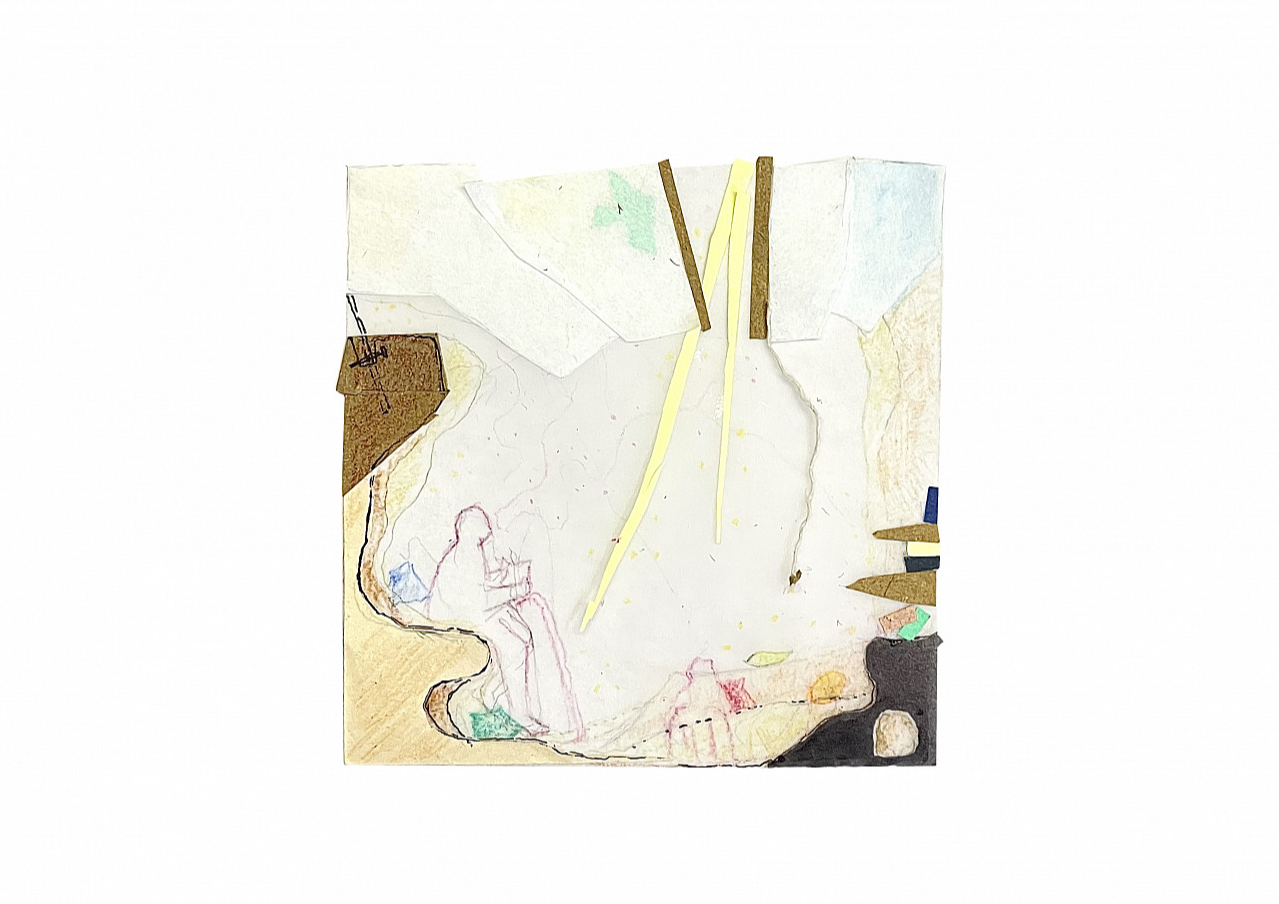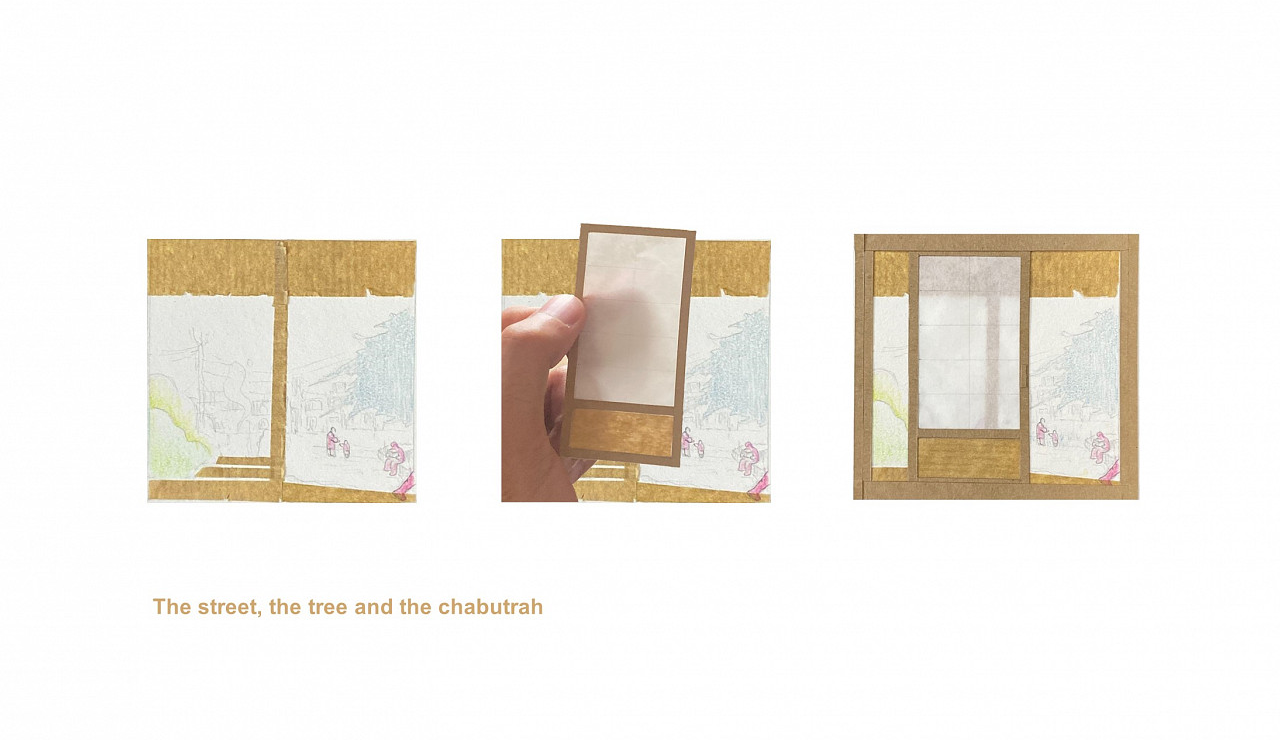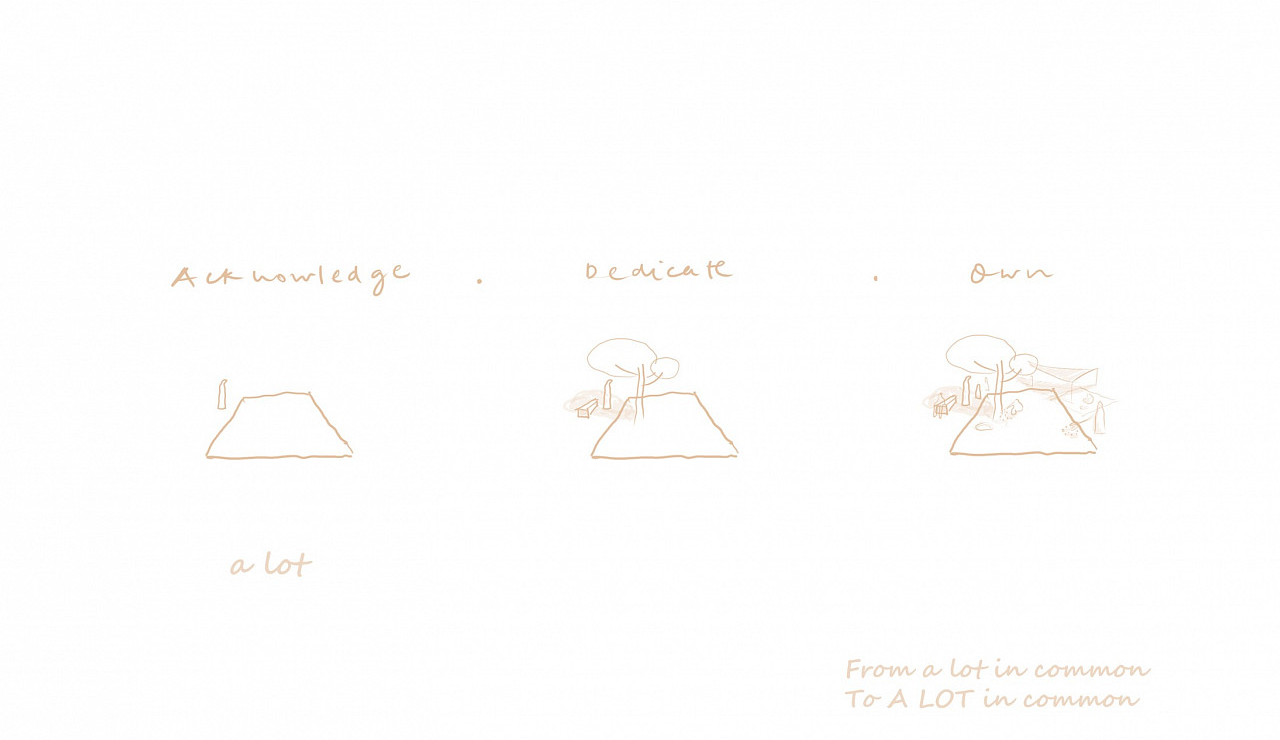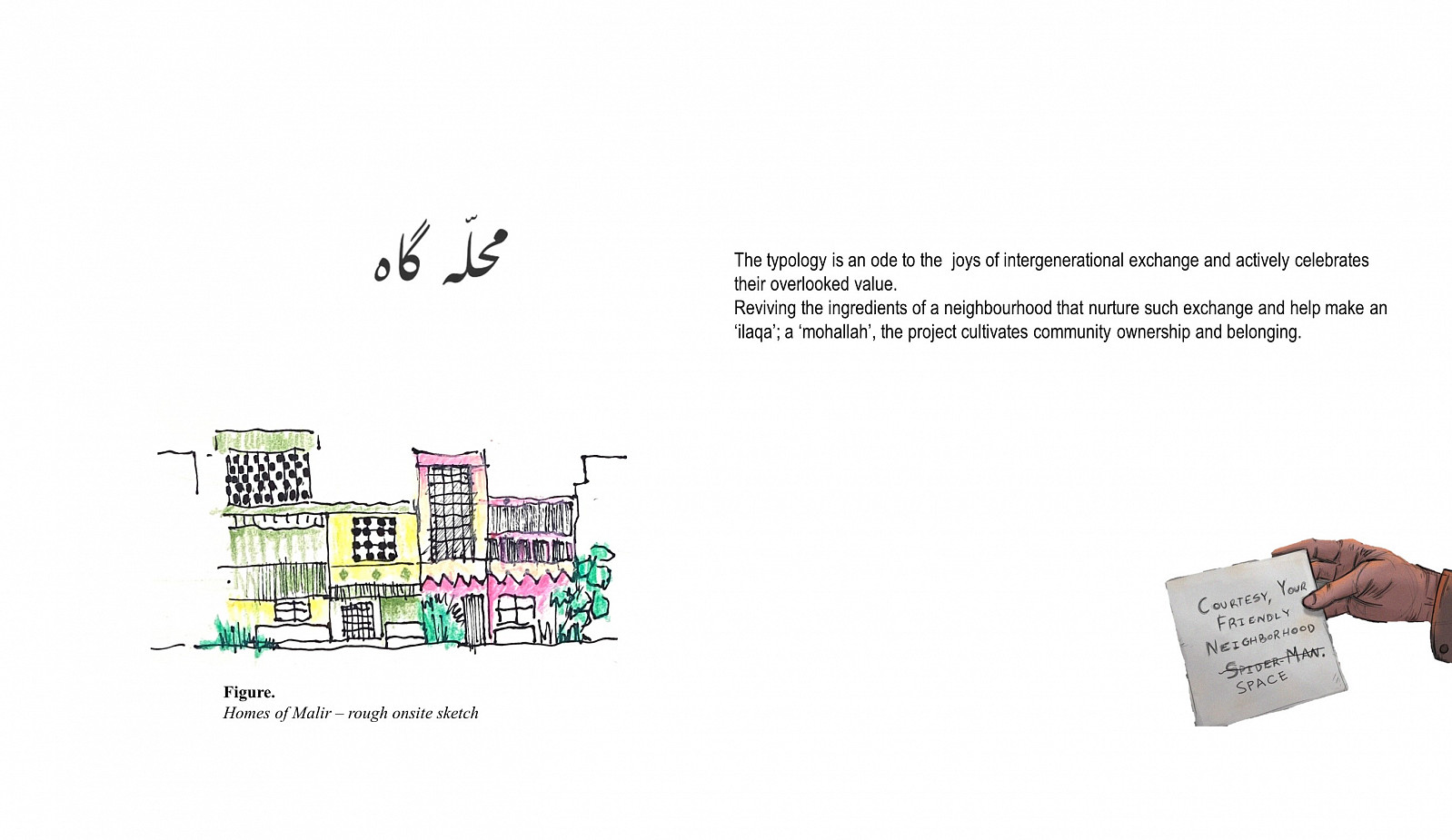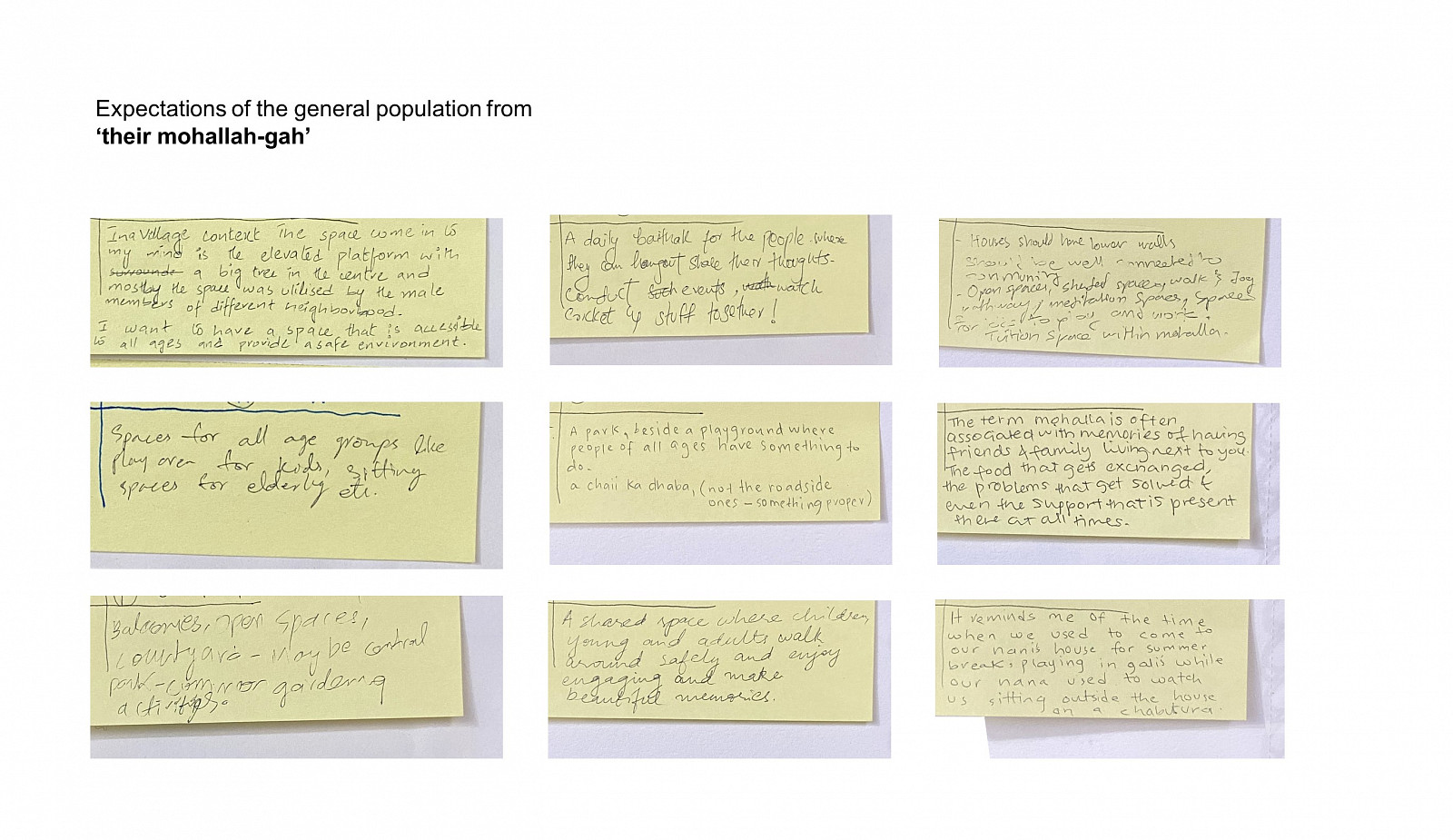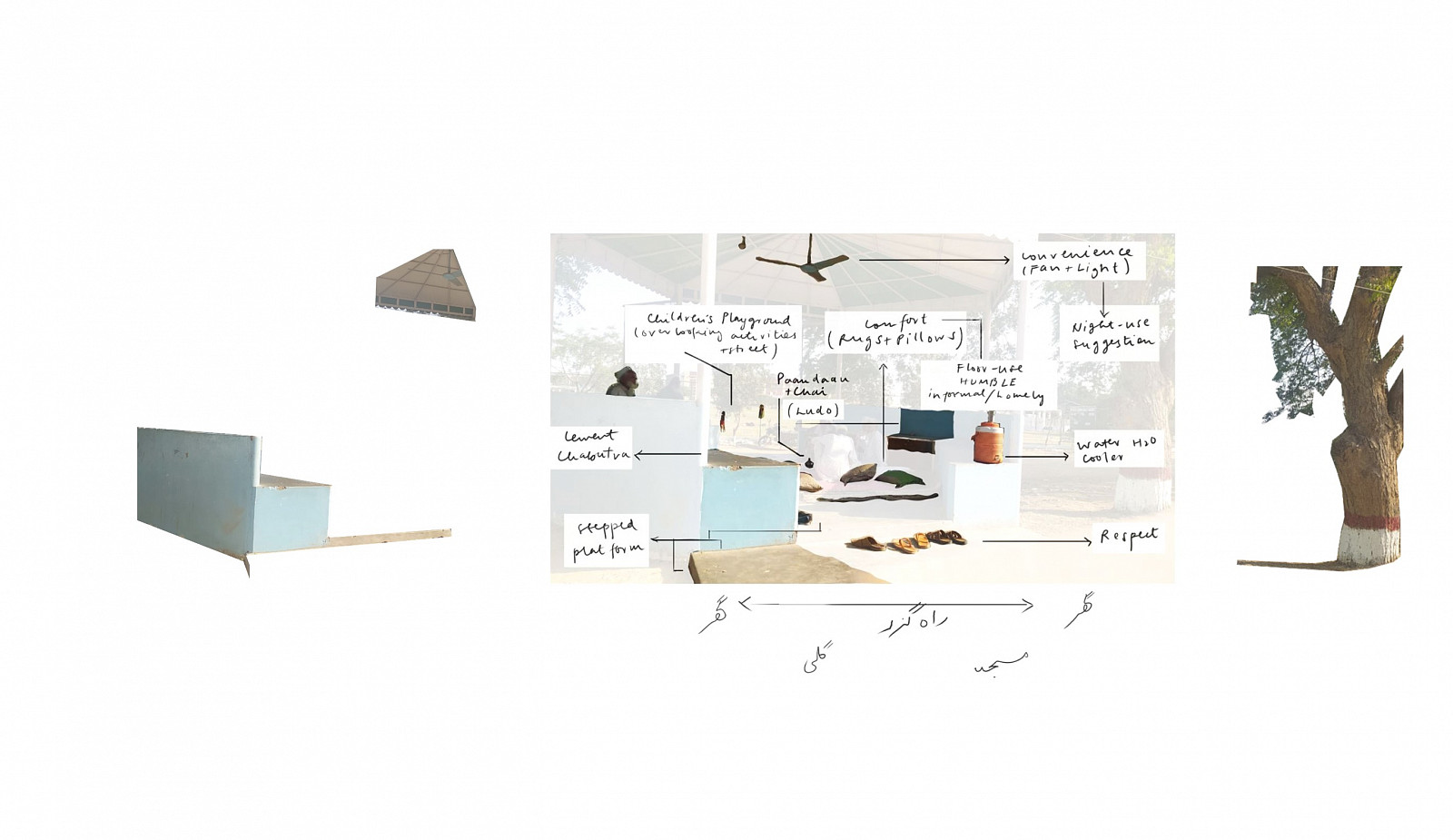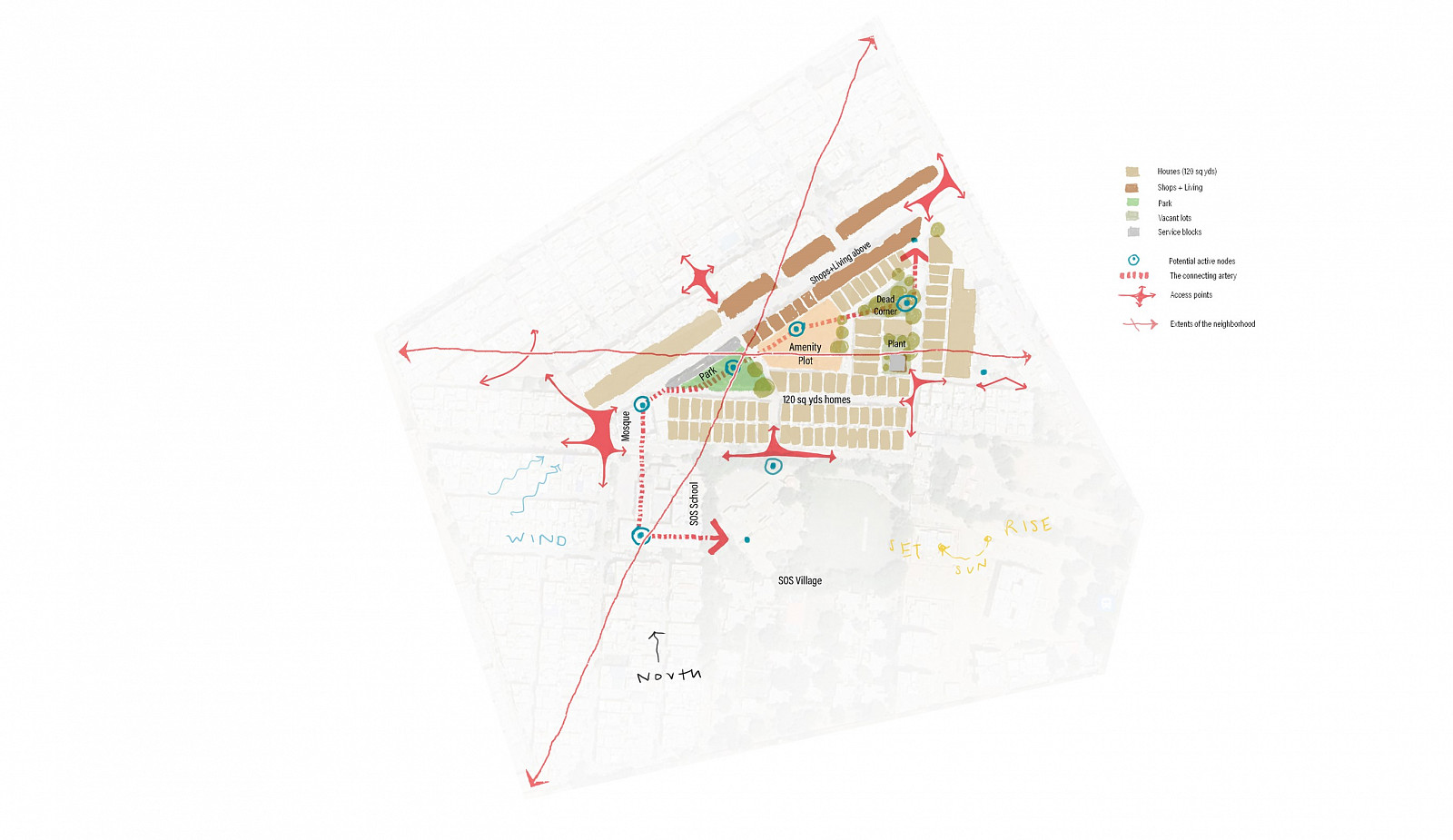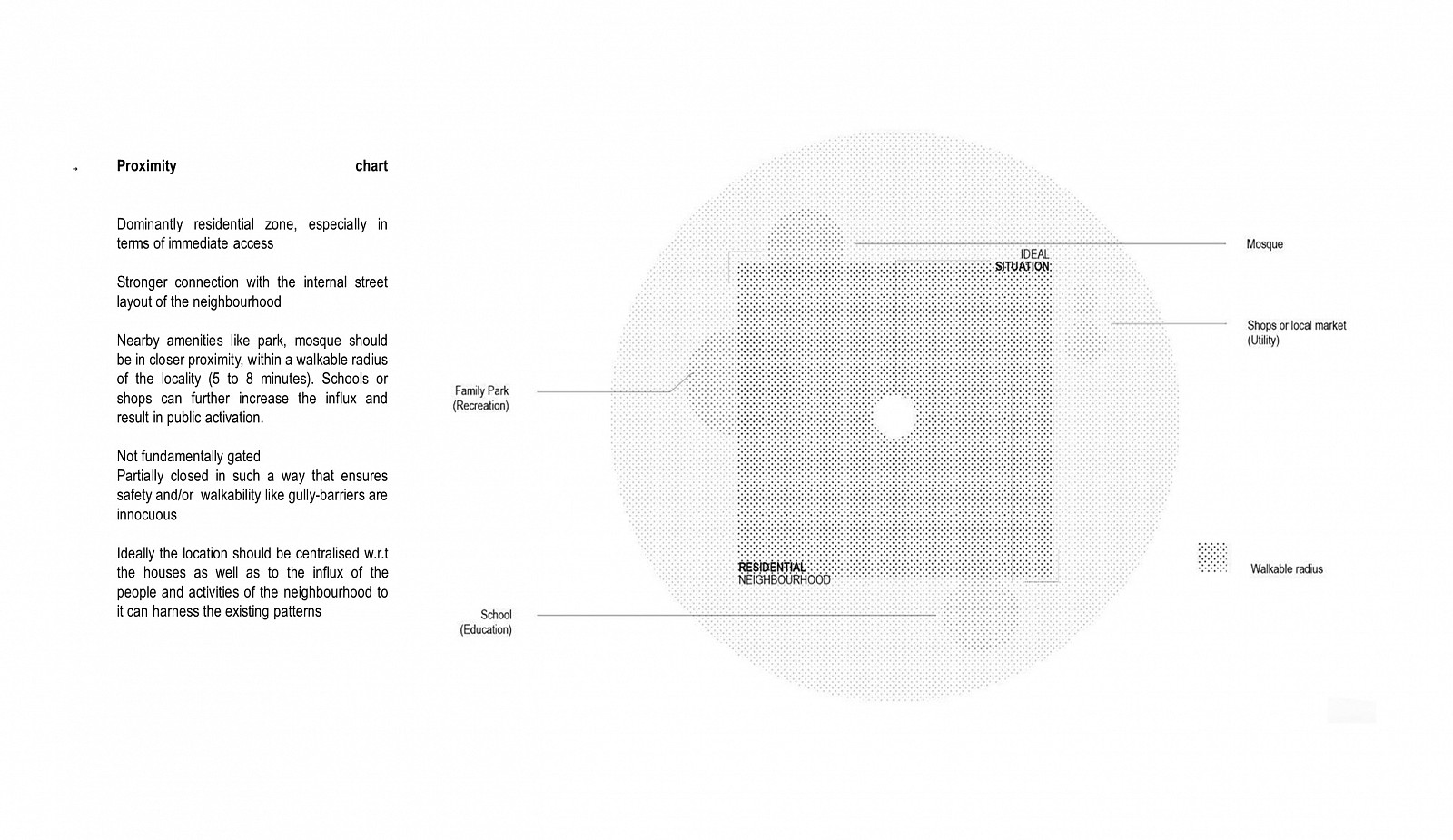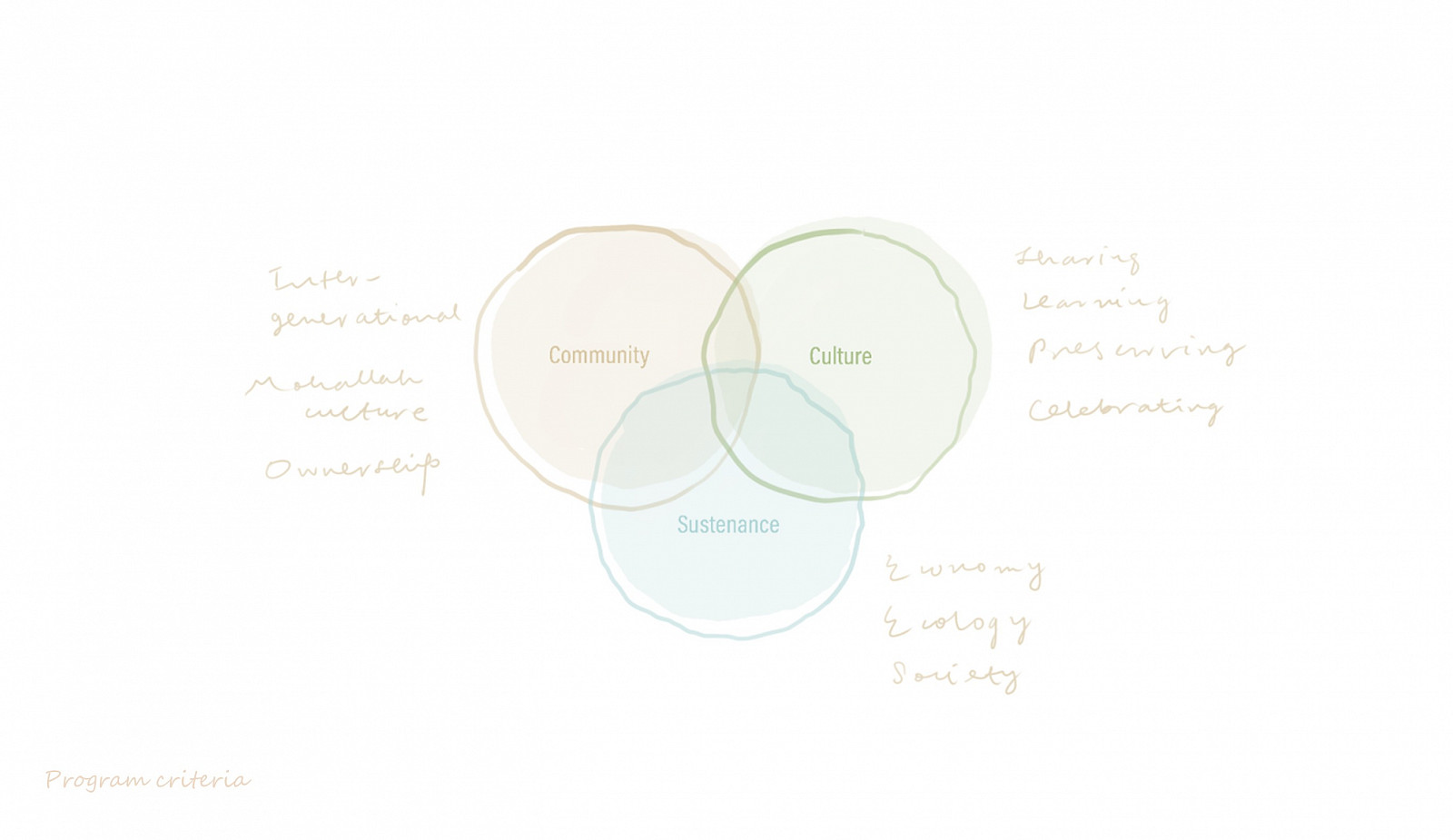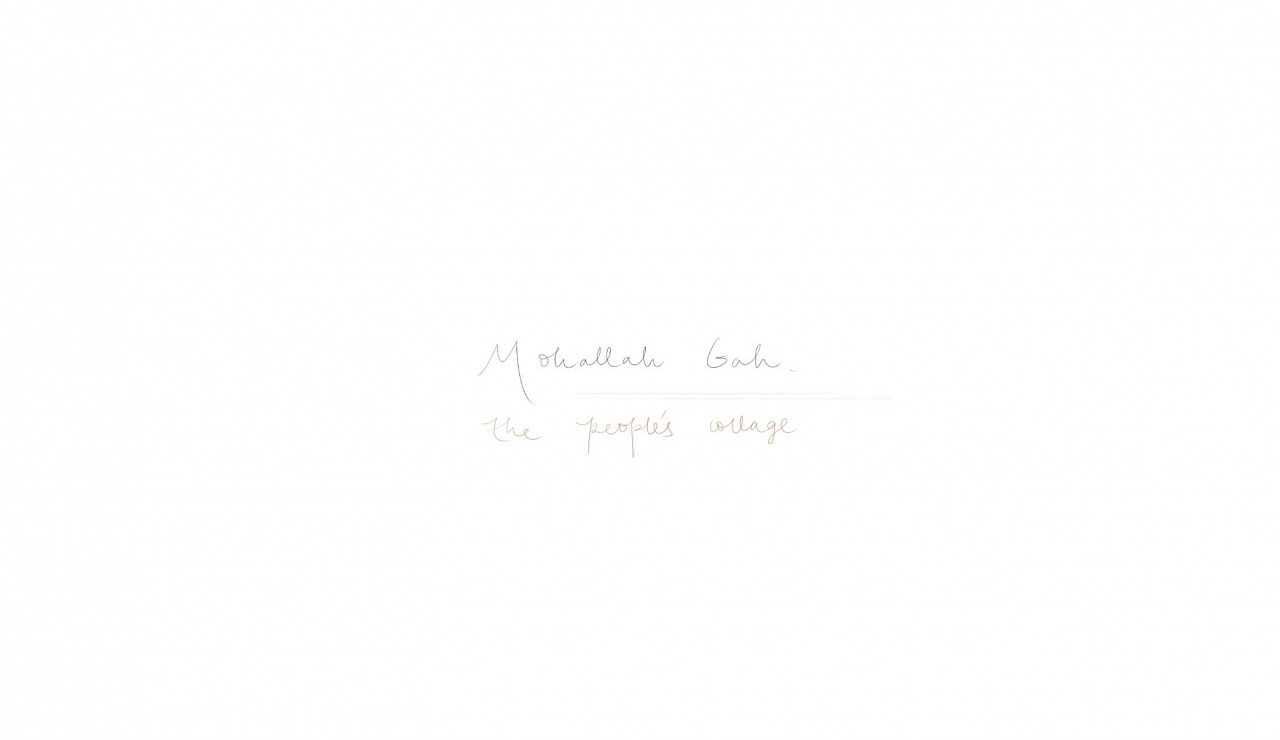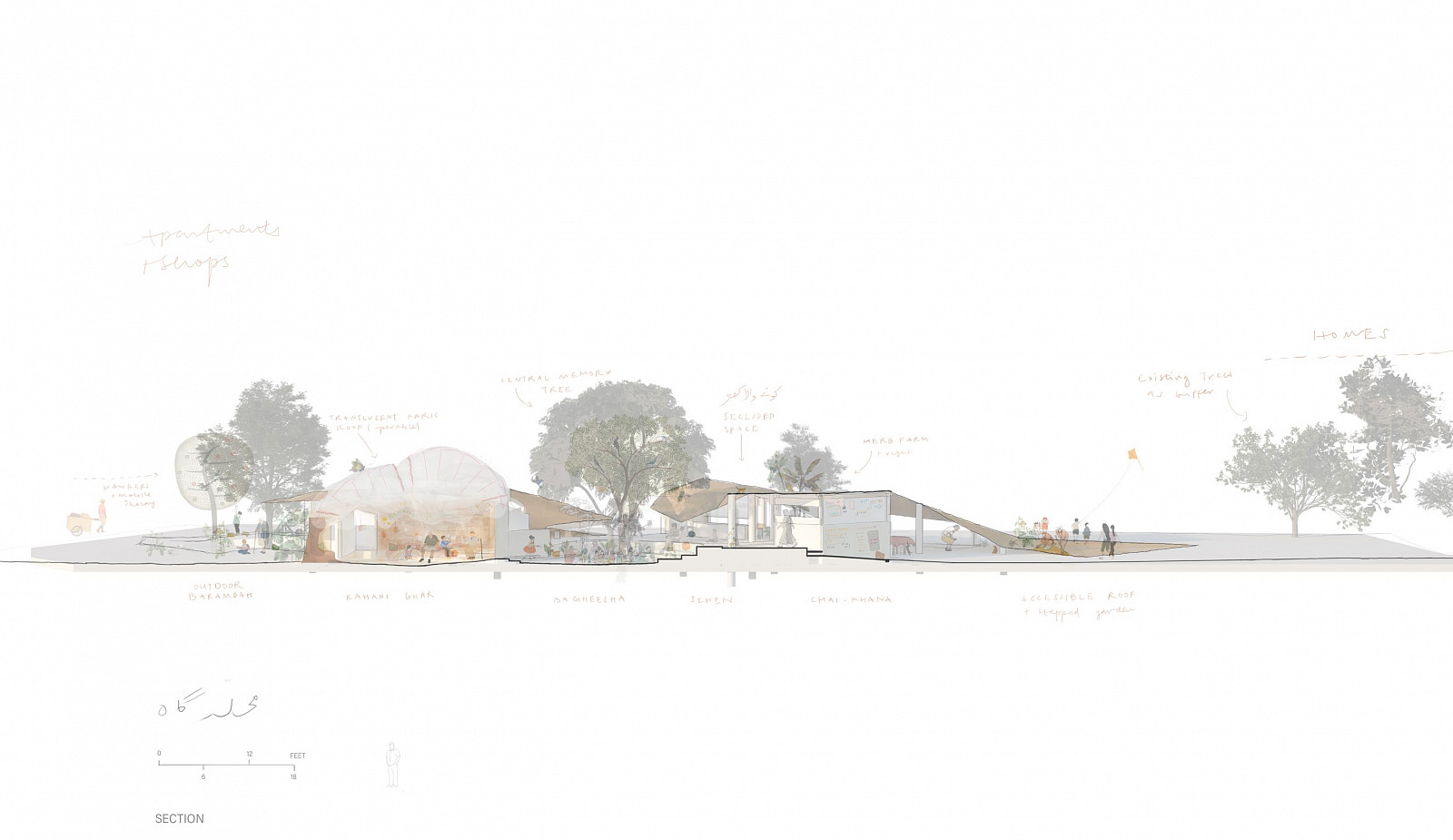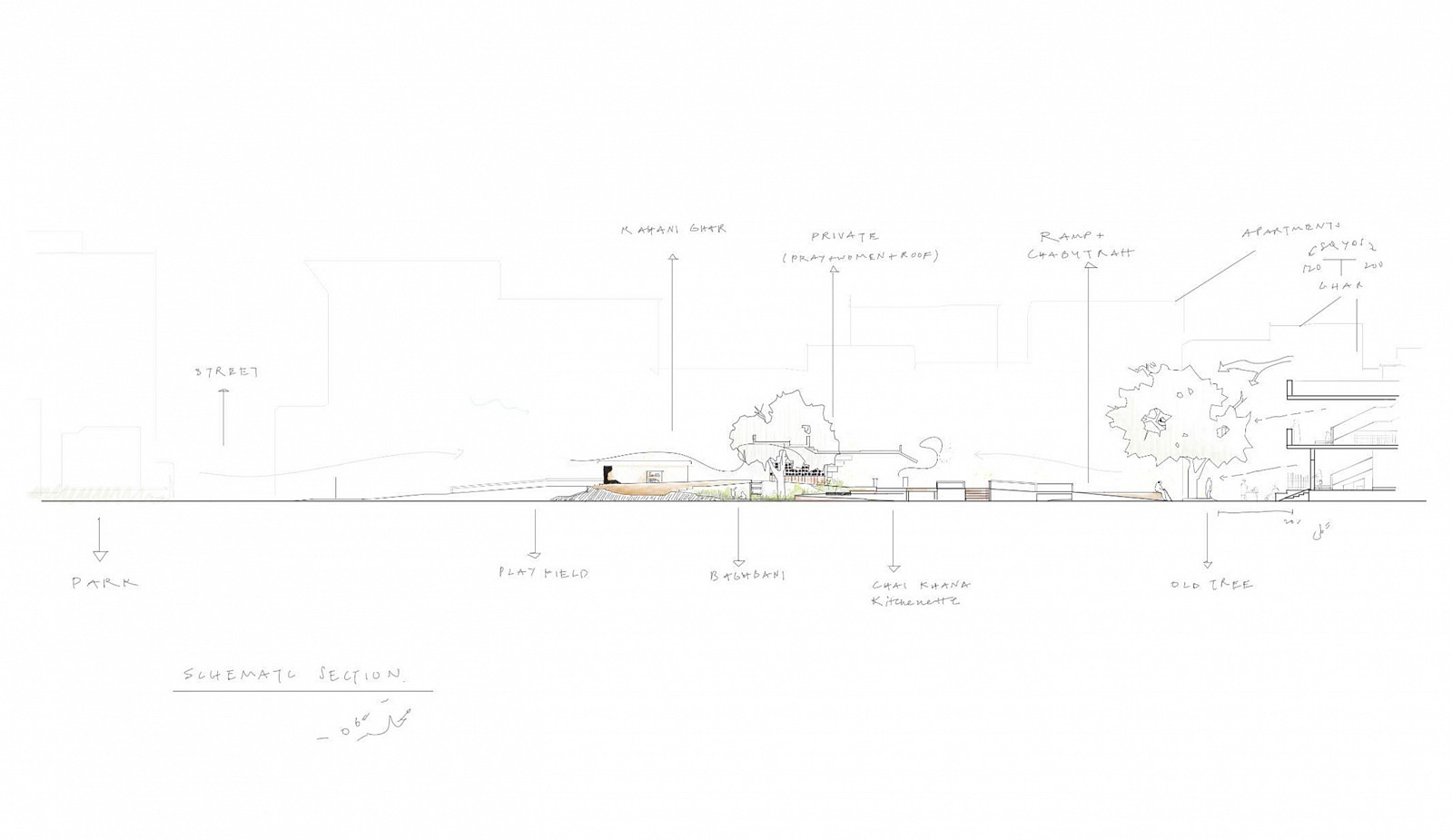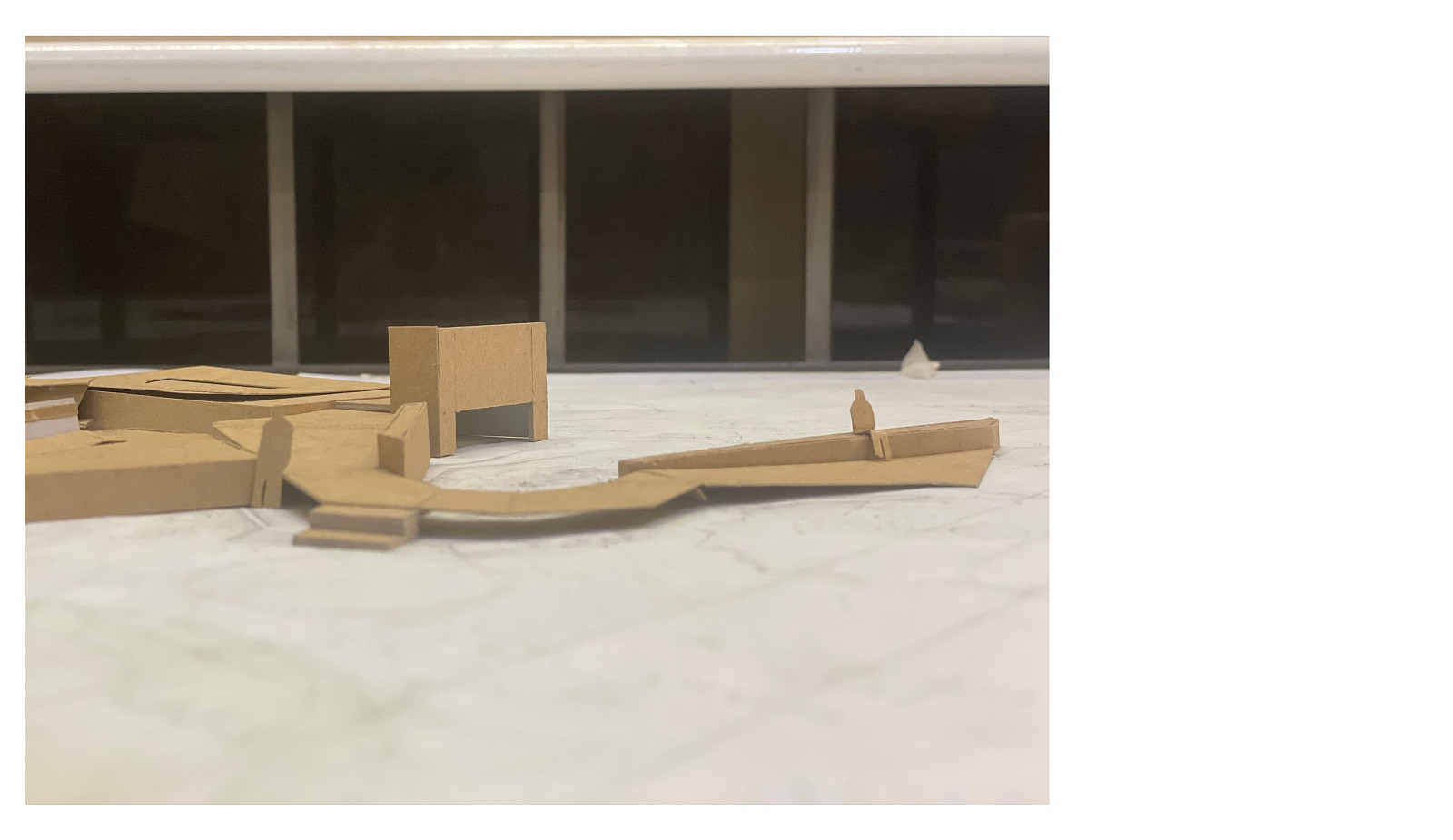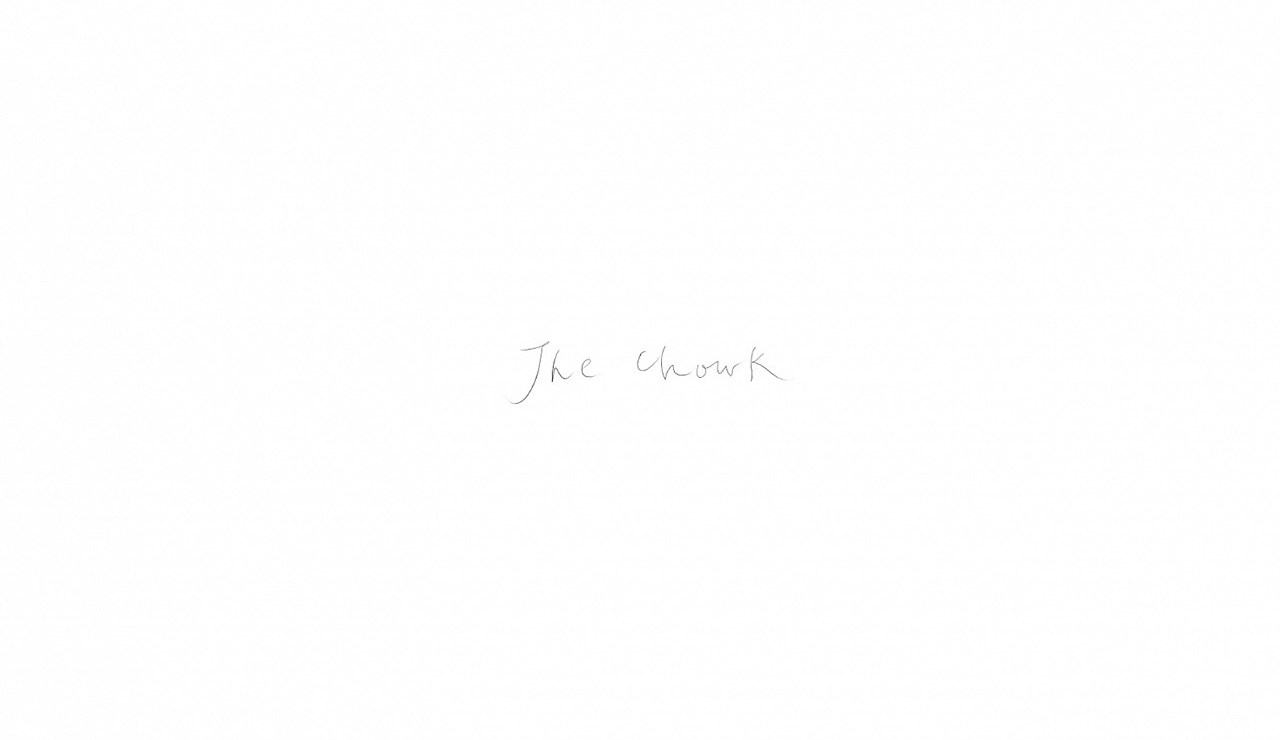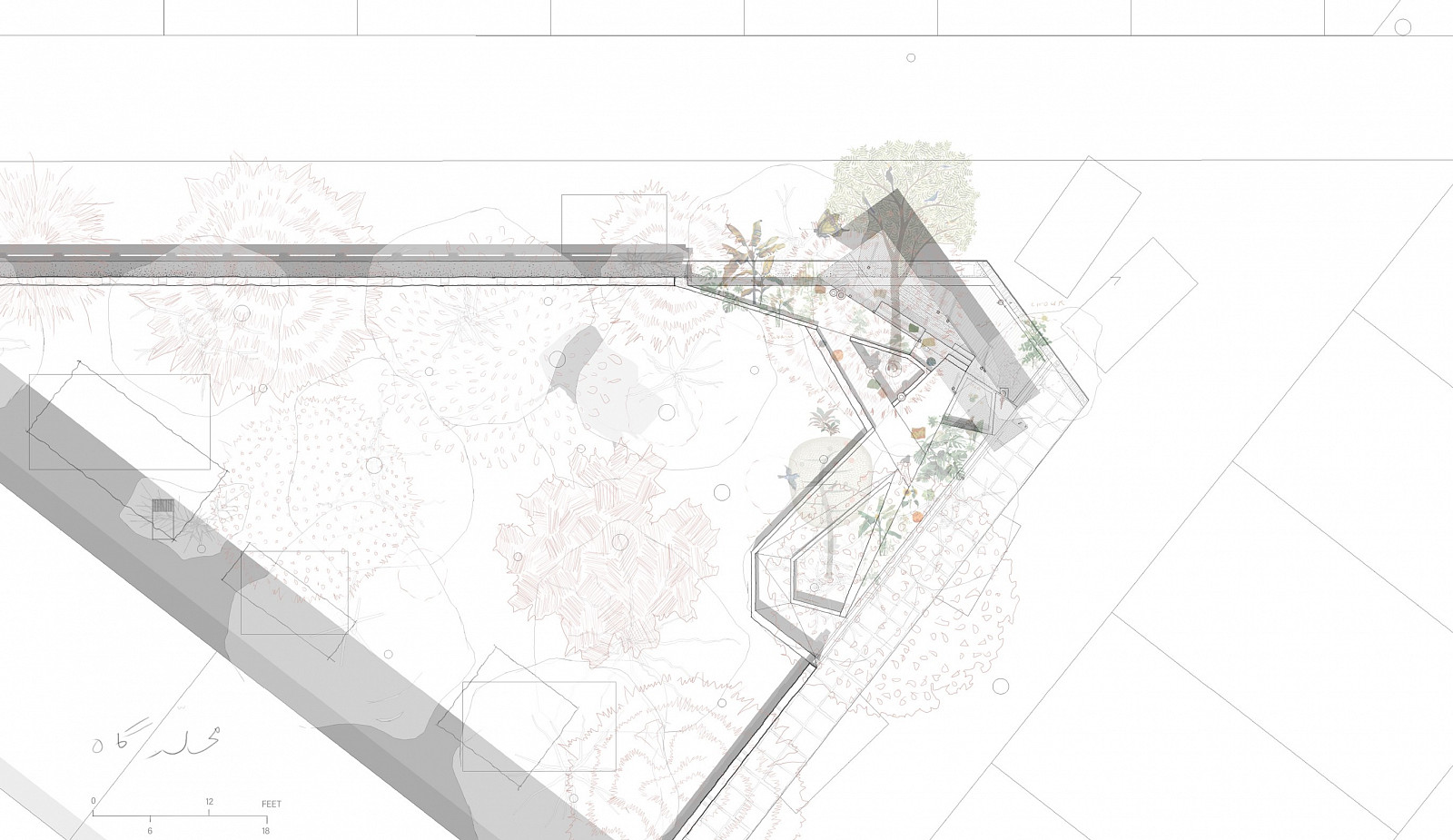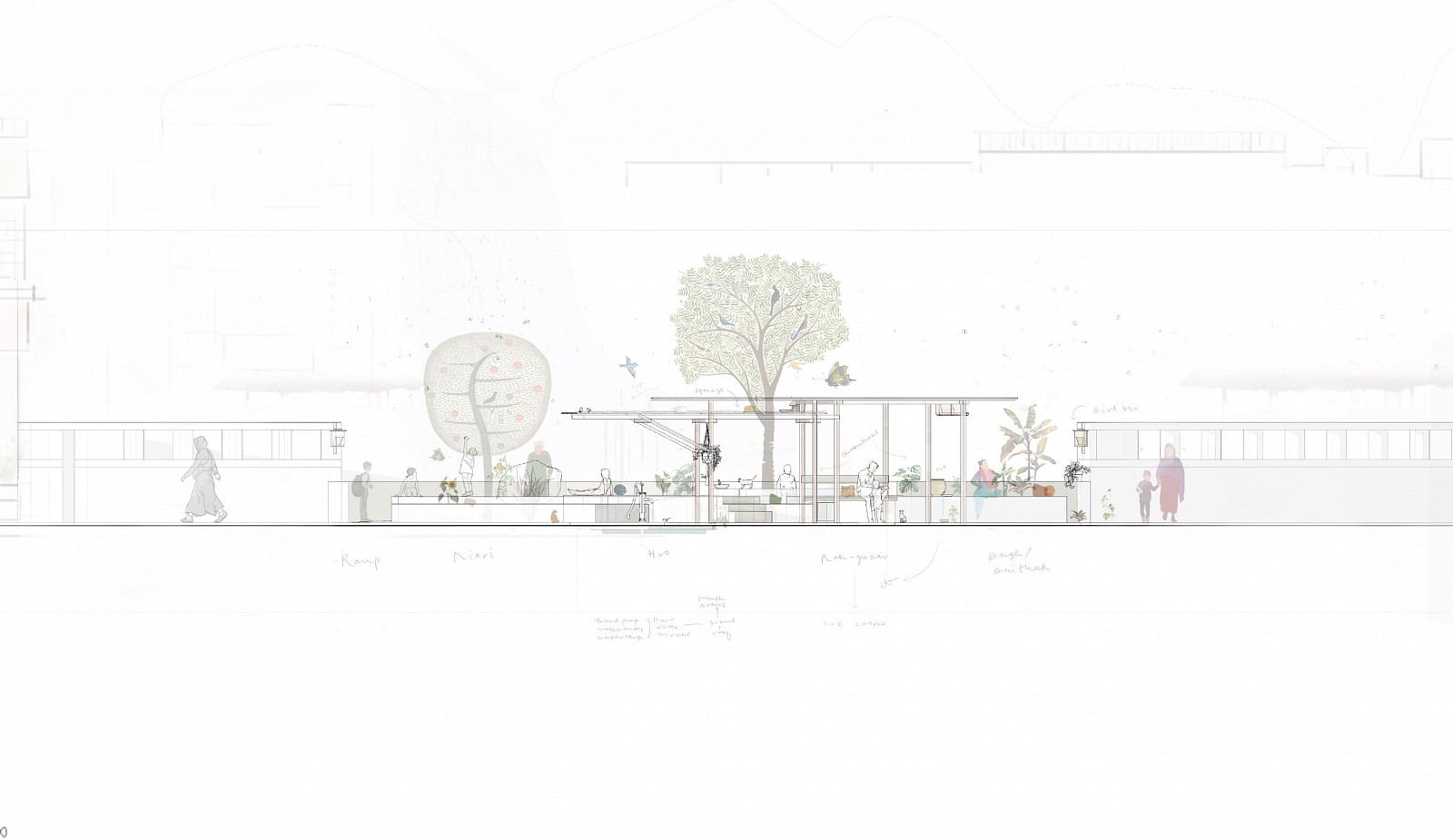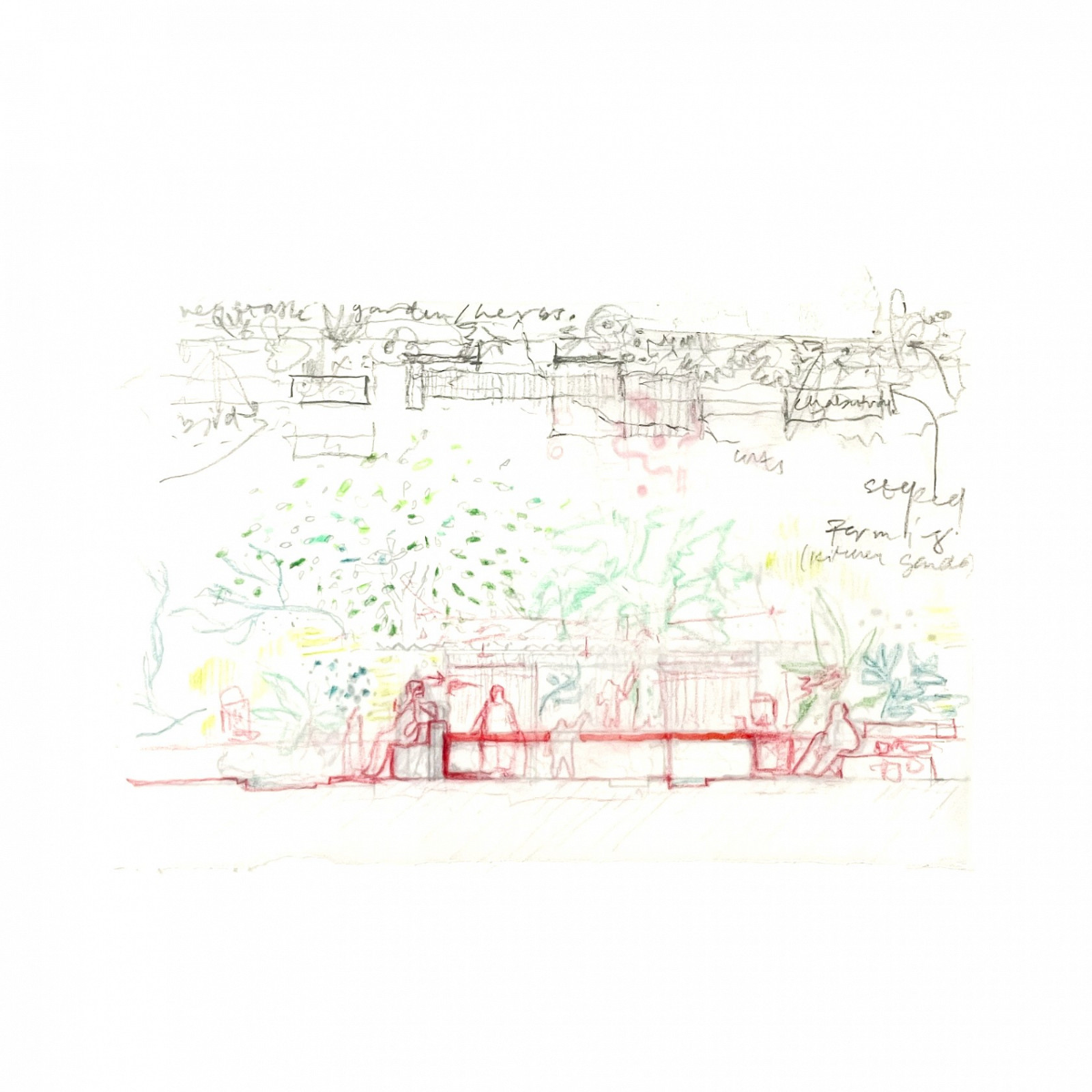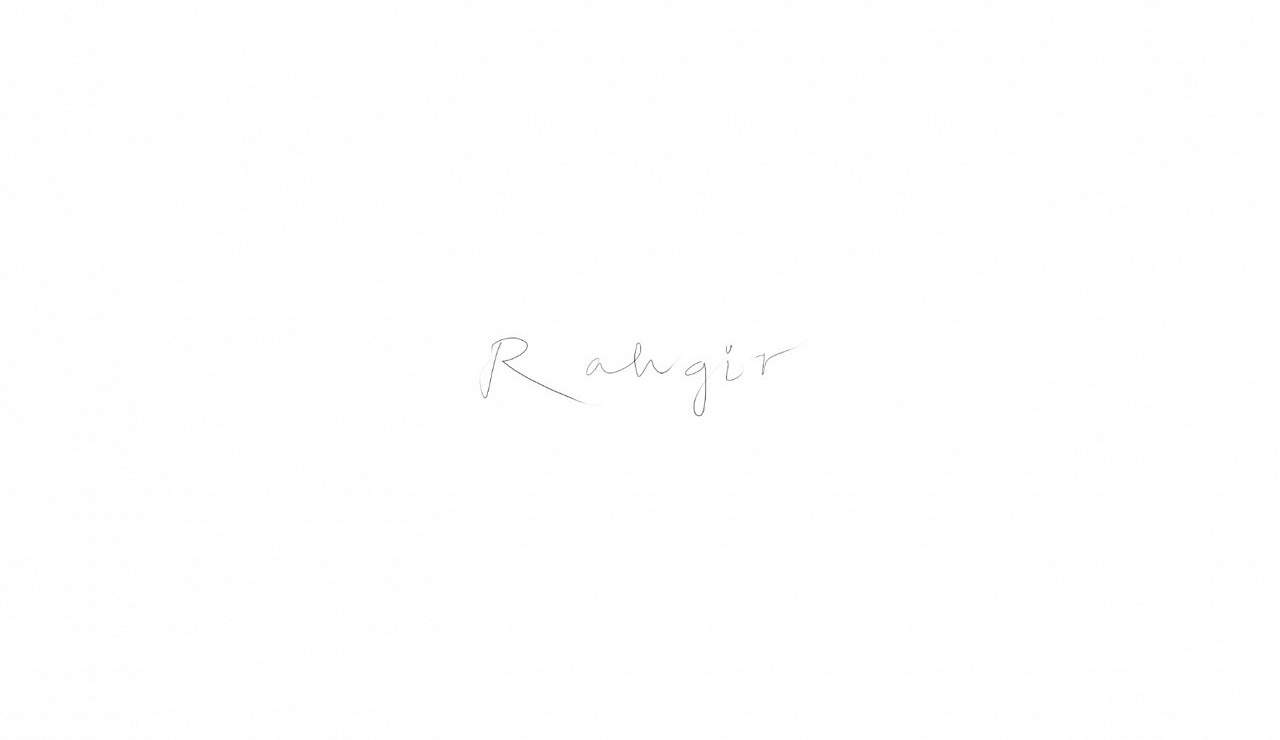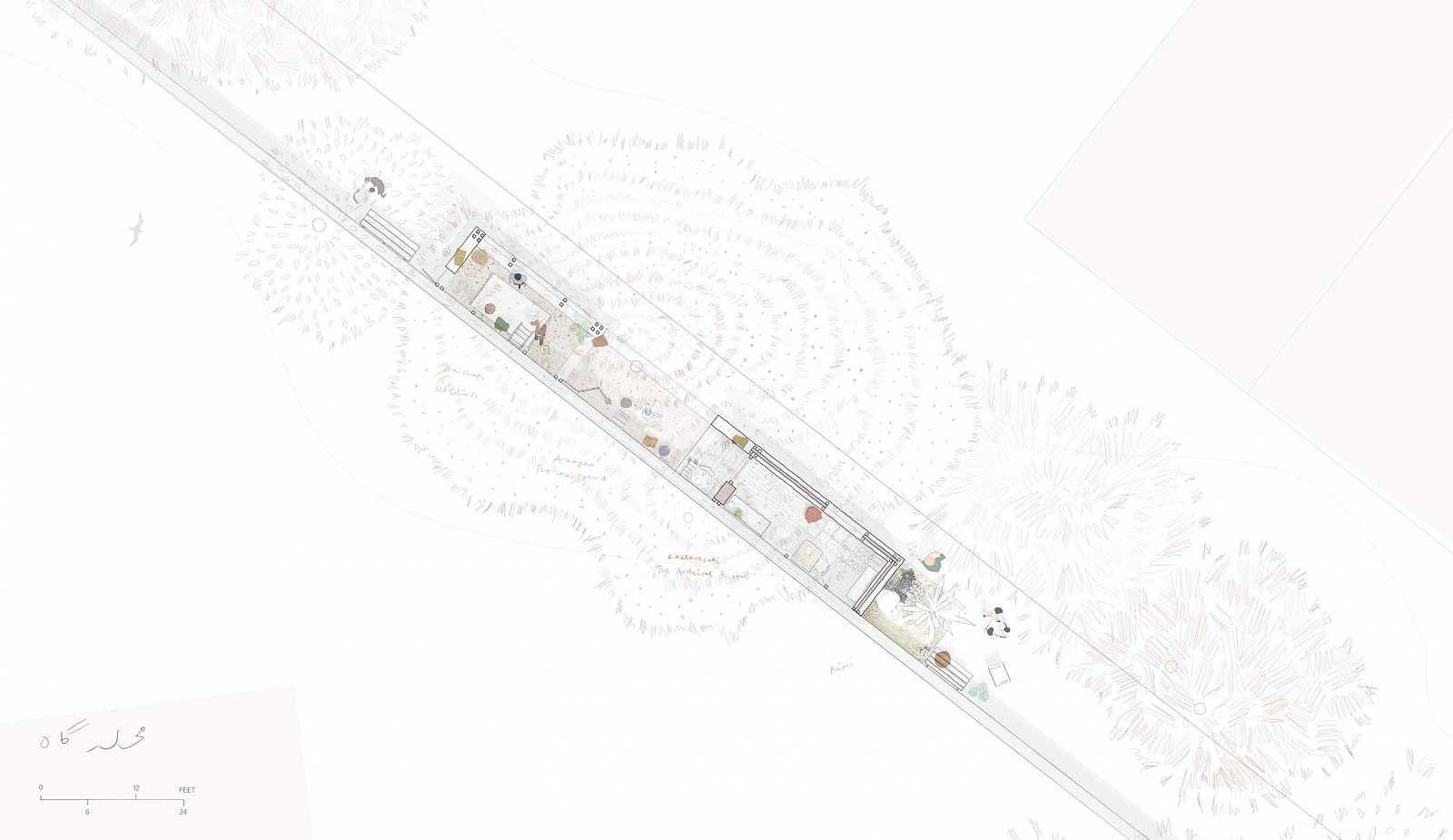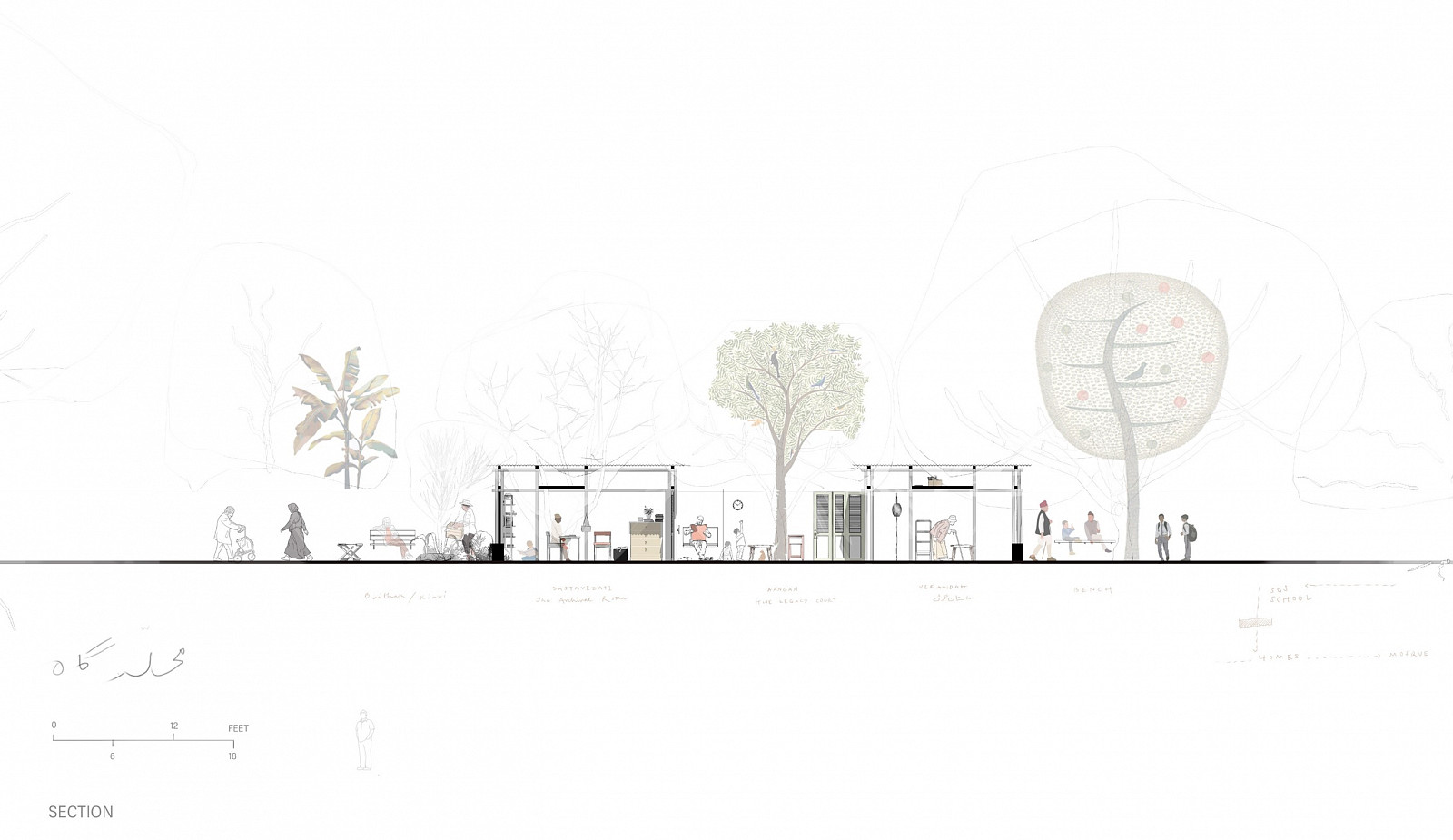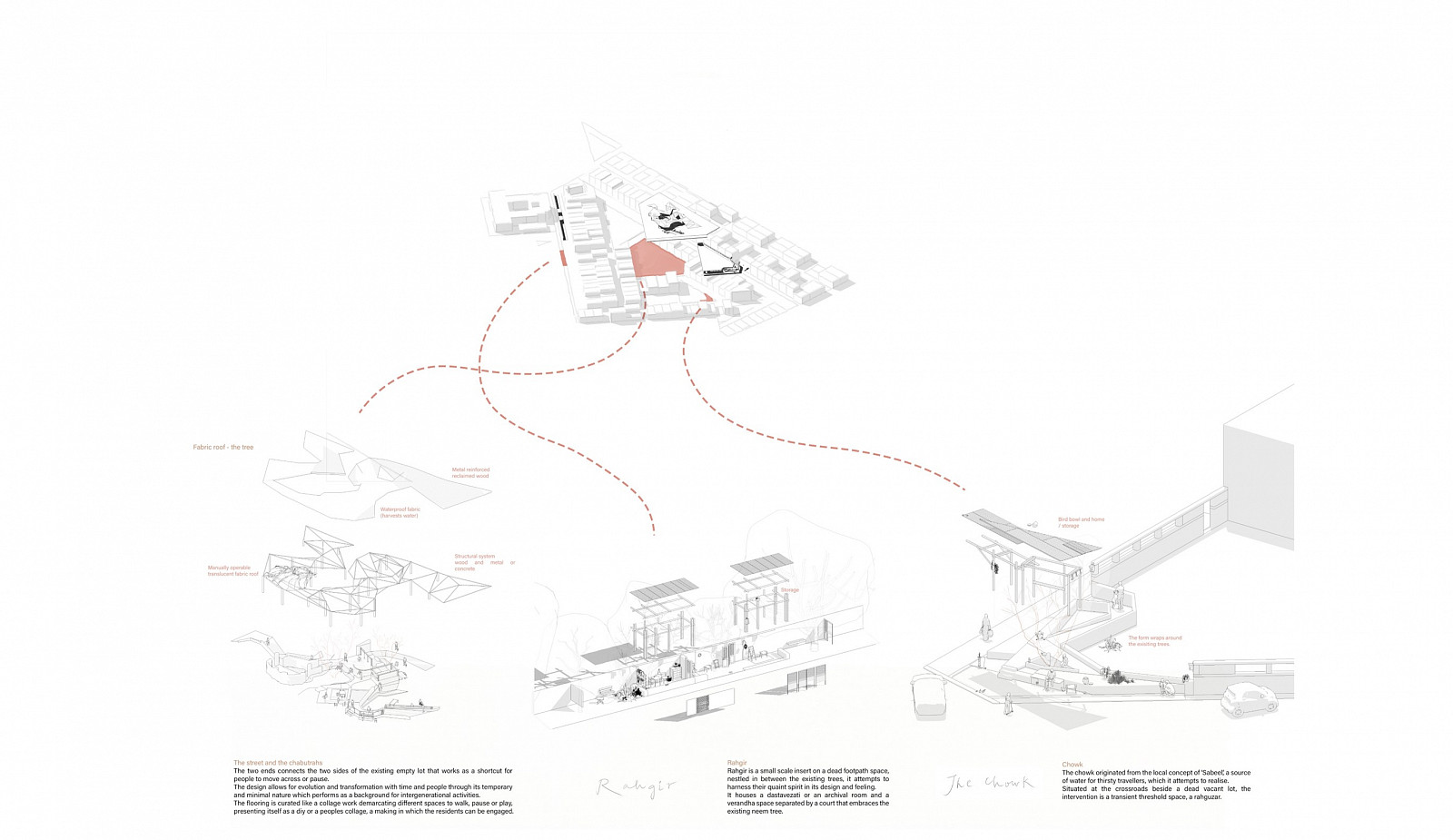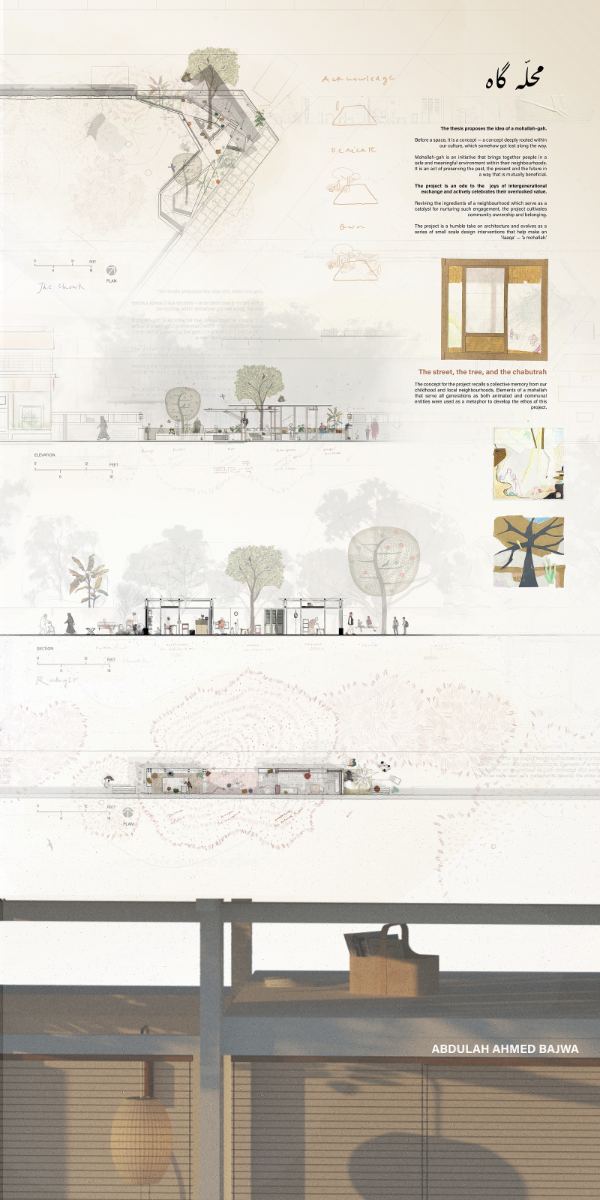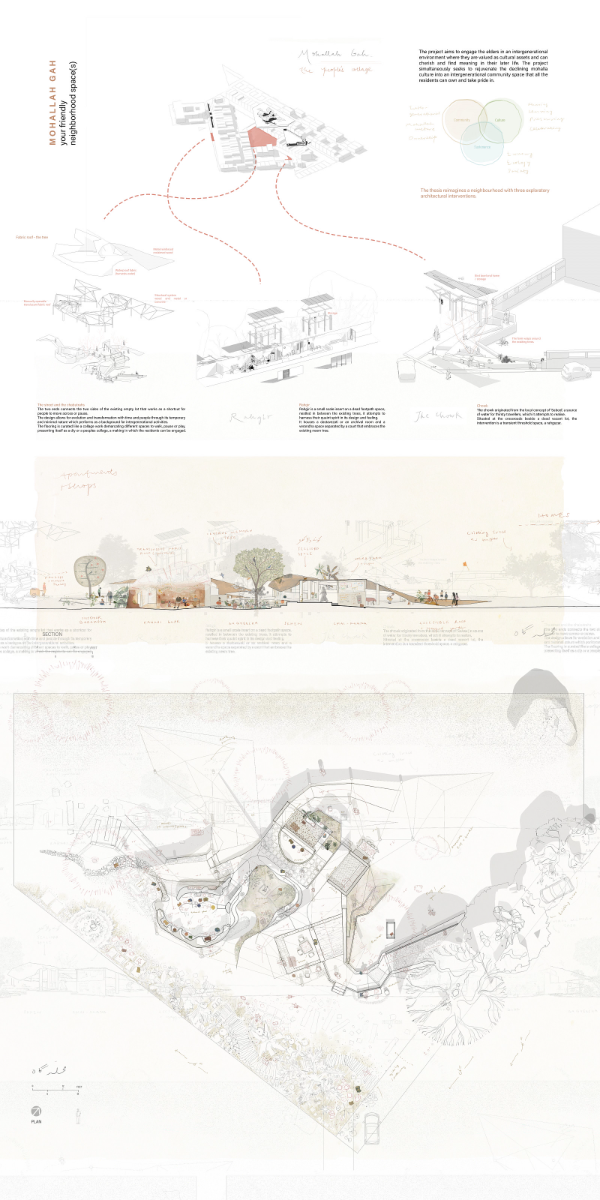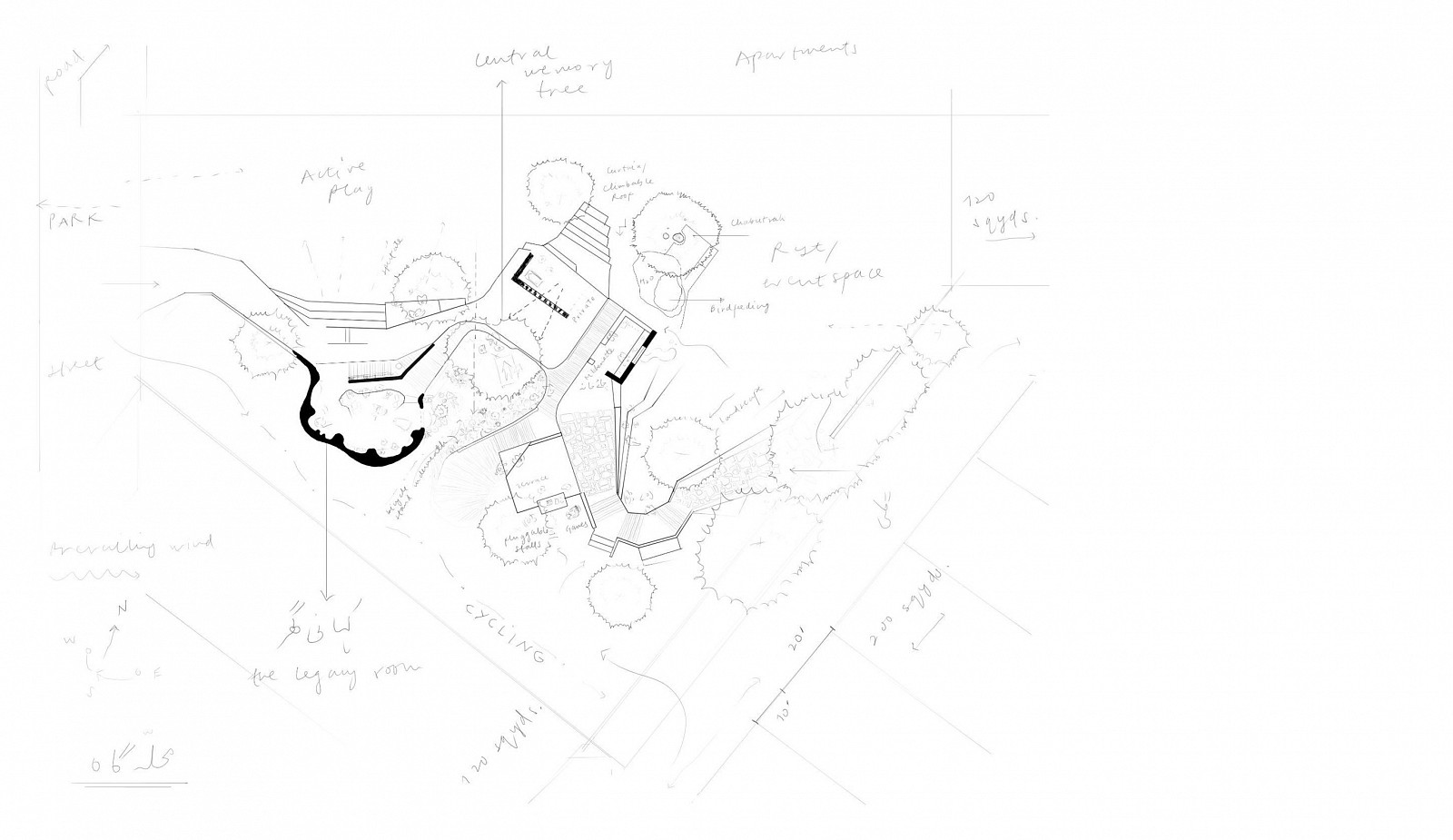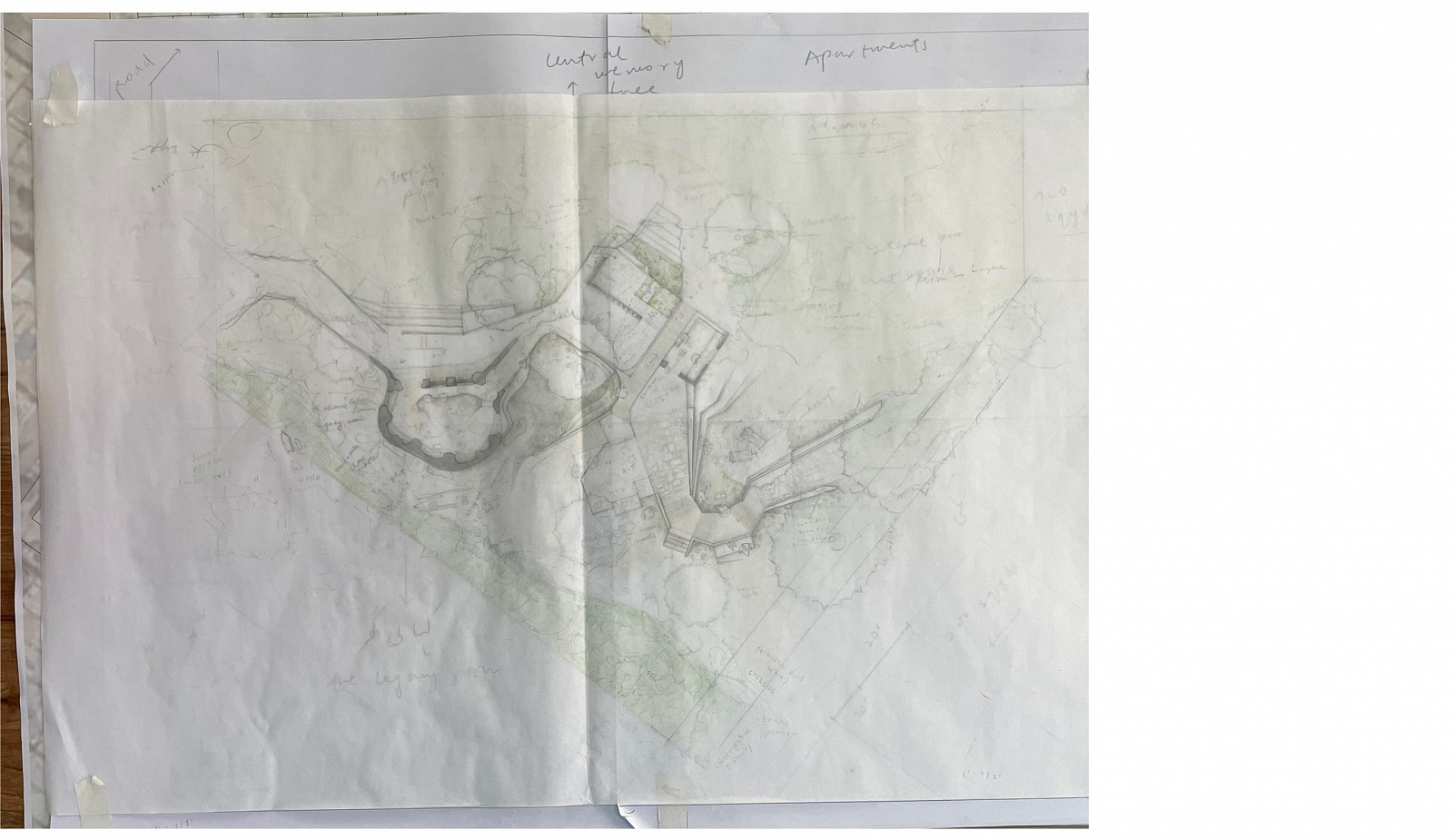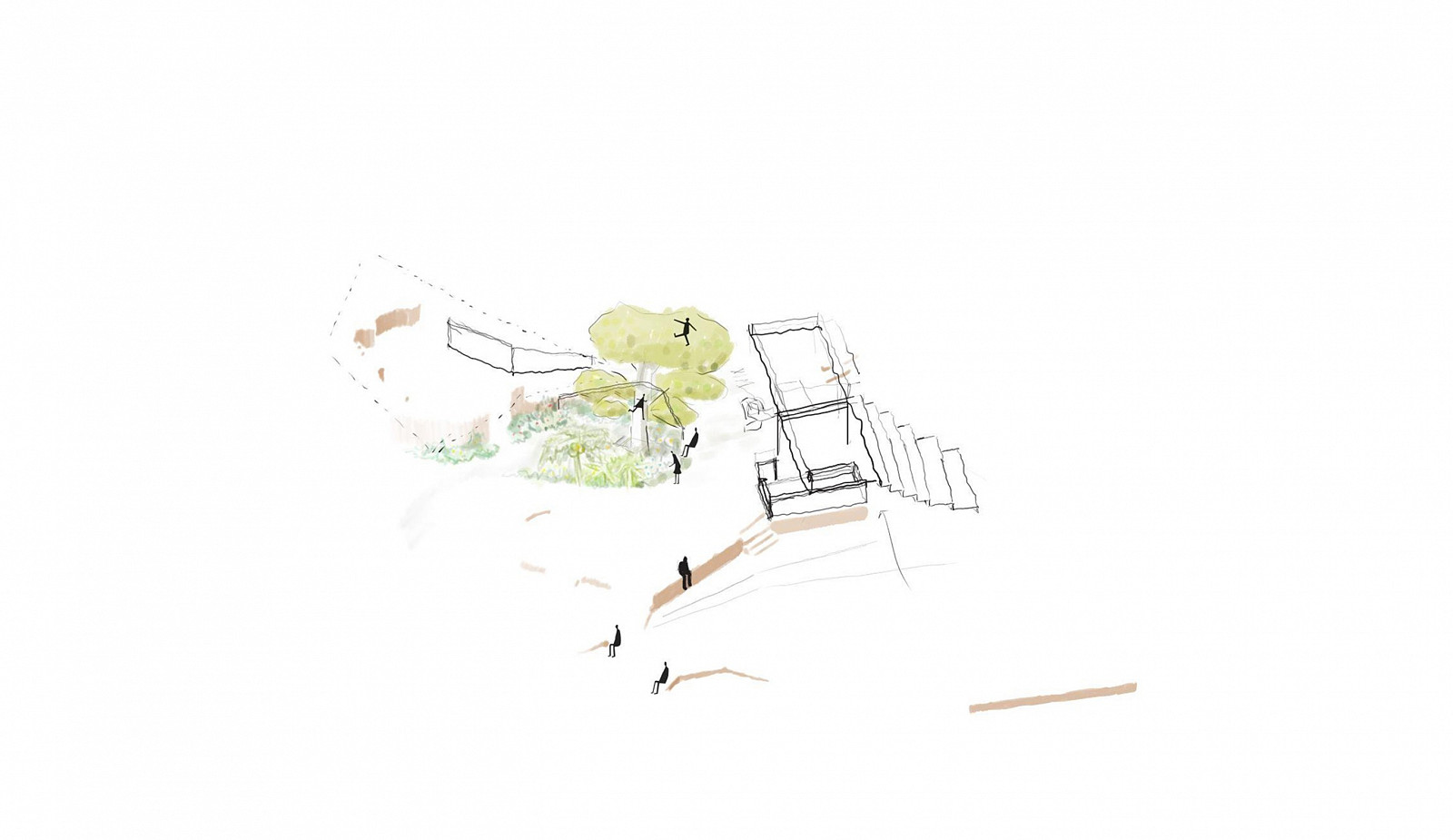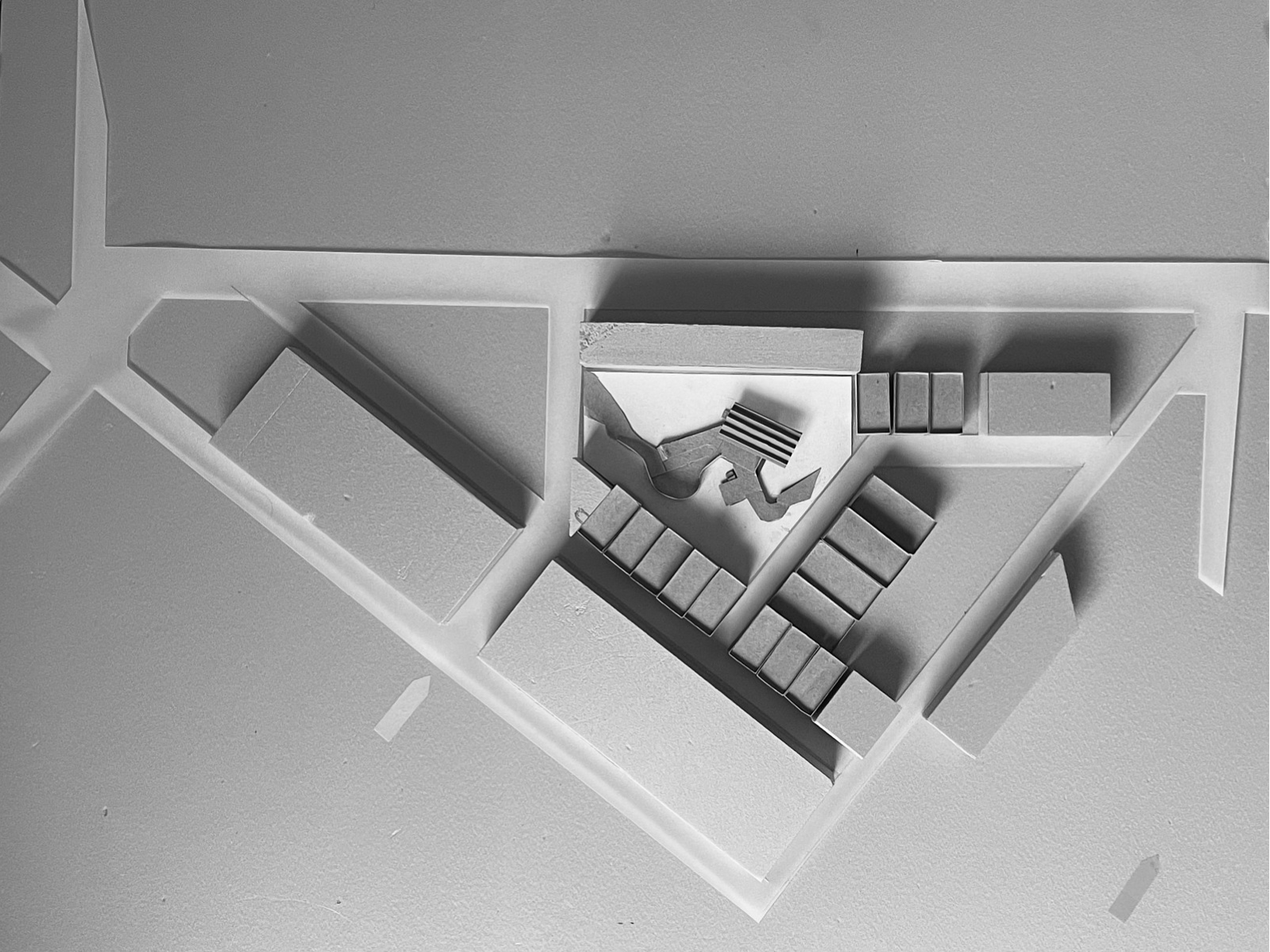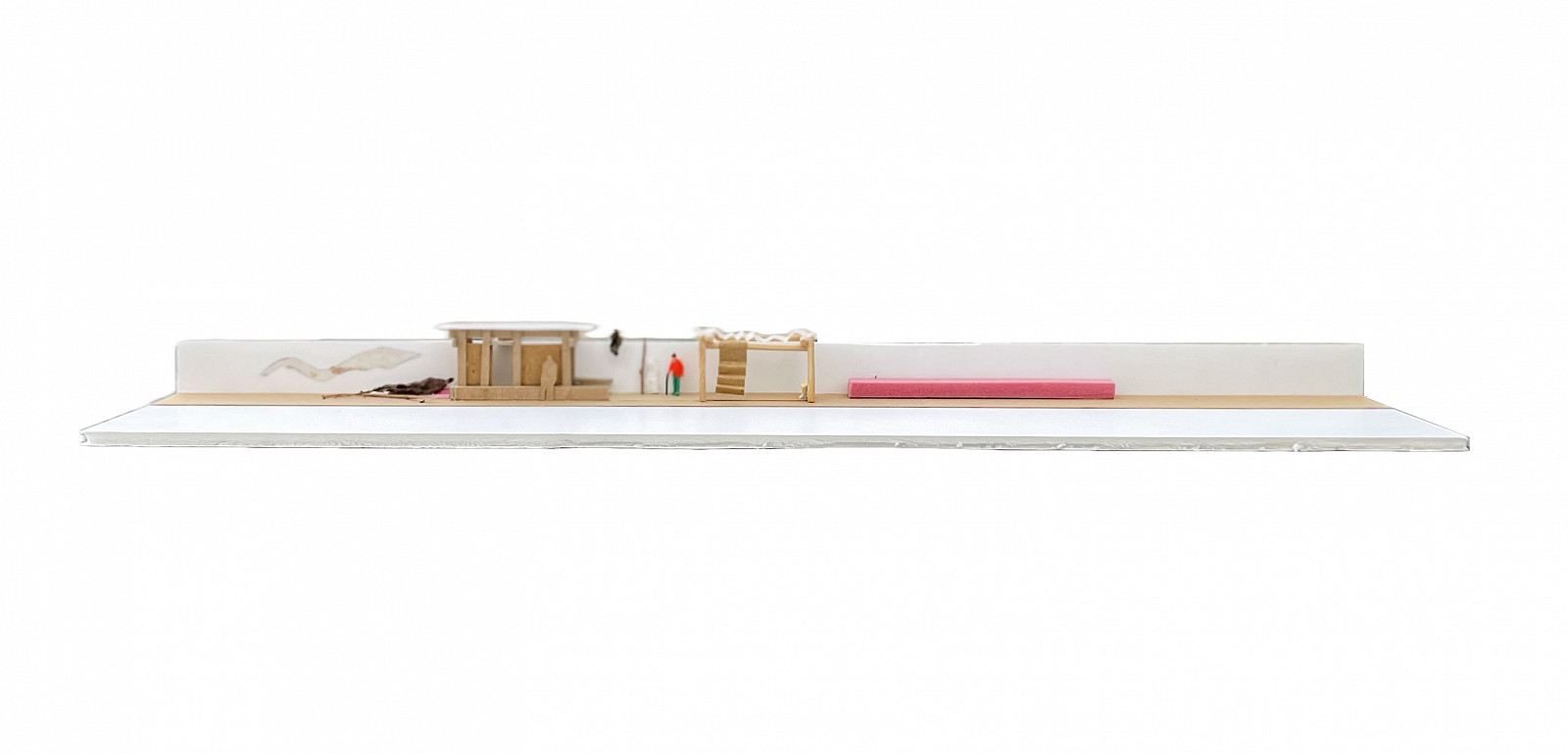Abdullah Bajwa
Architecture BArch
University of Karachi
Graduates: 2023
Specialisms: Architecture / Design for Social Good / Design Research
My location: Karachi, Pakistan
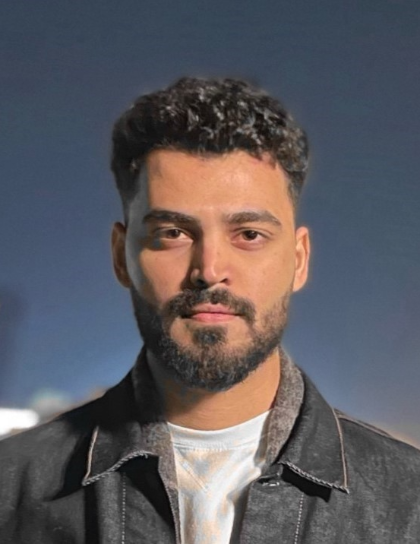
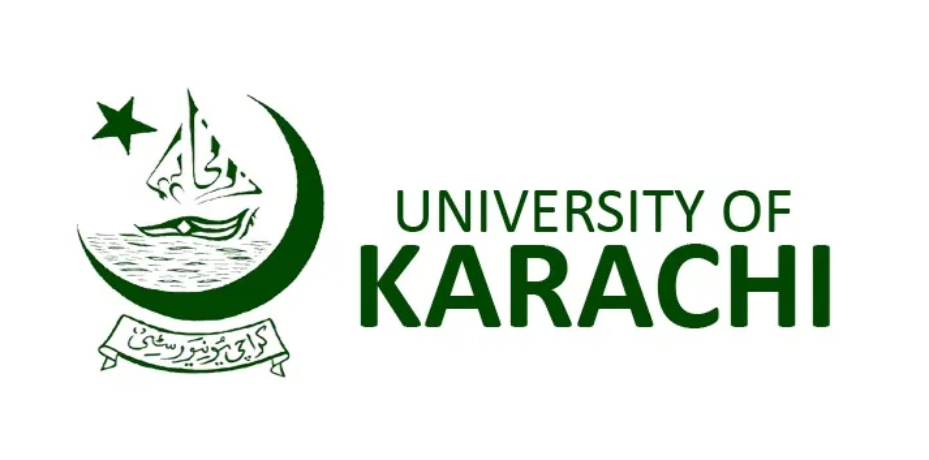
Abdullah Bajwa

First Name: Abdullah
Last Name: Bajwa
University / College: University of Karachi
Course / Program: Architecture BArch
Graduates: 2023
Specialisms: Architecture / Design for Social Good / Design Research
My Location: Karachi, Pakistan
Website: Click To See Website
About
Mohallah gah: your friendly neighbourhood space
In Pakistani society, the elderly are traditionally revered. They were considered as wardens of our culture, a source of wisdom and stories; gained through the seasons of life. However, recent societal and cultural changes have led to a sharp decline in meaningful interactions between the old, the young and the larger community. These engagements which were once prevalent within the mohallahs (in english: neighbourhoods) of our cities and were treasured by the community as an extended form of living, learning and sharing; are today being disappeared from our society and are overlooked. Thus, this project aims to explore the role of architecture or neighbourhood commons in bridging the widening generational gap and reinvigorating the community lifestyle; aiming towards an understanding of a more inclusive, resilient and equitable society – one which respects its time, context and people. The project is a result of a research conducted within the city of Karachi, Pakistan and outlines creative practices and potential strategies within the field of architecture and design. The concept of a mohallah-gah is analysed as a catalyst for bringing people together in a safe and meaningful environment within their neighbourhoods; ultimately helping our culture, values and identities to thrive – a typology which is new but has always been inherent to us. Project Description The project proposes the idea of a Mohallah Gah. Before a space, it is a concept — a concept that was deeply rooted within our culture, which somehow got lost along the way. Mohallah-gah is an initiative that aims to bring people together in a safe and meaningful environment within their neighbourhoods. It is an act of preserving the past, the present and the future in a way that is mutually beneficial. The project is an ode to the joys of intergenerational exchange and actively celebrates their overlooked value. Reviving the ingredients of a neighbourhood which serve as a catalyst for nurturing such engagement, the project cultivates community ownership and belonging. The concept for the project recalls a collective memory from our childhood and local neighbourhoods. Elements of a mohallah (neighbourhood): A street, a tree, and a chabutra (informal sitting space) which serve all generations as both animated and communal entities were used as a metaphor to develop the ethos of this project. The project aims to engage the elders in an intergenerational environment where they are valued as cultural assets and can cherish and find meaning in their later life. The project simultaneously seeks to rejuvenate the declining mohalla culture into an intergenerational community space that all the residents can own and take pride in. 1. Acknowledge: Recognising the need, the overlooked, the disconnect or the gap. 2. Dedicate: Valuing opportunity, contribution, participation and engagement. 3. Own: Instilling ownership, trust, belonging and a shared responsibility. Design The project is a humble take on architecture and evolves as a series of small-scale design interventions which help make an 'ilaaqa' — 'a mohallah' (a settlement into a community). I. The two ends connects the two sides of the existing empty lot that functions as a shortcut for people to move across or pause. The design allows for evolution and transformation with time and people through its temporary and minimal nature which performs as a background for intergenerational activities. The flooring is curated like a collage work demarcating different spaces to walk, pause or play, presenting itself as a diy or a people's collage, a making in which the residents can be engaged. II. Rahgir is a small scale insert on a dead footpath space, nestled in between the existing trees, it attempts to harness their quaint spirit in its design and feeling. It houses a one on one people's library, a dastavezati or an archival room, and a verandha space separated by a court which embraces the existing neem tree. III. The chowk originated from the local concept of 'Sabeel; a source of water for thirsty travellers, which it attempts to realise. Situated at the crossroads beside a dead vacant lot, the intervention is a transient threshold space, a rahguzar. Keywords Intergenerational exchange; Mohallah; Neighbourhood commons; Community development and ownership; Cultural preservation, Later-life, Placemaking, Urban Interventions
Competitions

